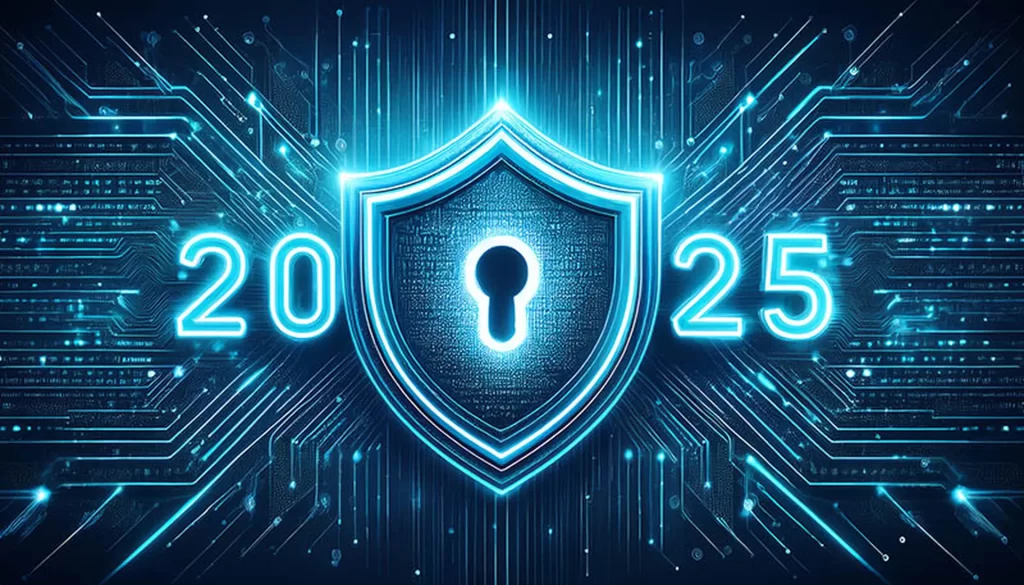
Understanding Cybersecurity Threats in 2025: How to Stay Protected in a Rapidly Evolving Digital World
Understanding cybersecurity threats in 2025 is essential for anyone navigating today’s increasingly digital landscape. From online banking to smart home devices, every click, connection, and login brings potential vulnerabilities. As technology evolves, so do the methods used by cybercriminals, making proactive security a critical need for individuals and organizations alike.
Understanding the Ever-Evolving Threat Landscape
Understanding cybersecurity threats in 2025 requires a close look at how the digital environment is continuously evolving, with new and more complex threats emerging every day. Cybercriminals are becoming increasingly sophisticated, using advanced techniques to exploit system vulnerabilities. Some of the most common and dangerous threats include:
Phishing Scams: Deceptive emails or messages that trick users into revealing sensitive information.
Ransomware: Malicious software that encrypts data and demands payment for its release.
Denial-of-Service (DoS) Attacks: These flood systems with traffic, rendering them inaccessible.
In addition, the widespread adoption of Internet of Things (IoT) devices has significantly increased the potential attack surface. These devices often lack robust security protocols and can be exploited as entry points to larger networks. The consequences of successful cyberattacks are severe—ranging from financial losses and data breaches to reputational damage and even physical harm in critical infrastructure sectors.
That’s why understanding cybersecurity threats in 2025 means staying informed about emerging vulnerabilities and adapting security strategies accordingly. Ongoing awareness is essential for maintaining effective and resilient cybersecurity in a constantly changing landscape.
Implementing Effective Cybersecurity Strategies
Protecting against cyber threats requires a multi-layered approach. It’s not just about antivirus software — it involves education, tools, and consistent practices. Key strategies include:
1. Education and Awareness
Train employees and individuals on safe cyber practices.
Teach users how to identify phishing attempts and suspicious links.
2. Strong Password Practices
Use complex passwords with uppercase, lowercase, numbers, and symbols.
Employ password managers to generate and store credentials securely.
3. Regular Software Updates
Keep operating systems, applications, and firmware up to date.
Patch known vulnerabilities promptly to reduce risk.
4. Data Backups
Regularly back up critical data to secure, off-site locations.
Ensure backups are tested and can be restored quickly.
5. Data Encryption
Encrypt sensitive data both in transit and at rest.
This adds a strong layer of defense even if data is intercepted.
6. Robust Network Security
Use firewalls, intrusion detection/prevention systems (IDS/IPS), and secure Wi-Fi configurations.
Limit unnecessary network access and segment sensitive areas.
7. Multi-Factor Authentication (MFA)
Add an extra layer of security beyond just passwords.
Especially critical for sensitive systems and accounts.
Real-World Examples and Insights
Take, for example, the surge in ransomware attacks on healthcare providers. These attacks don’t just threaten data — they disrupt essential services and endanger lives. The solution lies in strong access controls, regular data backups, and ongoing staff training.
Another area of concern is the increasing reliance on cloud services. While convenient, it’s crucial to:
Choose cloud providers with proven security standards.
Implement appropriate access controls and data encryption.
On a personal level, staying vigilant against phishing, avoiding suspicious links, and reviewing your bank statements can go a long way in protecting your personal information.
Conclusion: Staying Ahead of Cybersecurity Threats in 2025
Understanding cybersecurity threats in 2025 means recognizing that today’s digital challenges are more complex and persistent than ever before. The rapid evolution of technology, from AI-driven tools to cloud computing and IoT, has opened doors to innovation—but also introduced new and unpredictable security risks. In this environment, relying solely on antivirus software or occasional security updates is no longer sufficient.
A truly effective cybersecurity approach requires a holistic mindset—one that combines awareness, education, proactive planning, and continuous improvement. Organizations must foster a culture where security is everyone’s responsibility, from top-level executives to everyday users. Meanwhile, individuals must stay informed about emerging threats, adopt secure habits, and remain cautious in their online activities.
.
